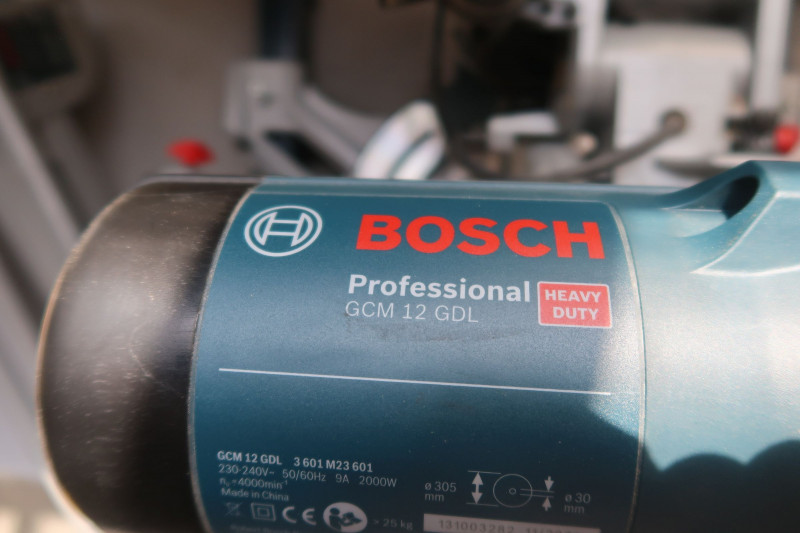BMW And Porsche's China Challenges: A Growing Trend

Table of Contents
Intensifying Competition from Domestic Brands
The Chinese automotive industry is experiencing a period of explosive growth, fueled by technological innovation and government support. This presents substantial challenges for international luxury brands like BMW and Porsche.
Rise of Local Electric Vehicle (EV) Manufacturers
The rise of Chinese EV manufacturers like BYD, NIO, and Xpeng is arguably the most significant challenge. These companies are not only producing high-quality electric vehicles but are also leveraging advanced technology and aggressive marketing strategies to capture significant market share.
- Successful Chinese EV models: BYD's Han and Tang EVs, NIO's ET7 and ES8, and Xpeng's P7 demonstrate impressive technological capabilities, often surpassing their foreign counterparts in certain features.
- Market share data: While precise figures fluctuate, reports indicate a consistent erosion of market share for established luxury brands in the EV segment, replaced by the rapid expansion of Chinese competitors. This is particularly true in the higher-end EV market, traditionally dominated by international players.
Aggressive Pricing Strategies of Domestic Competitors
Chinese brands are employing aggressive pricing strategies, often undercutting established luxury brands to gain market share. This intensifies the pressure on profitability for BMW and Porsche.
- Price wars: The competitive landscape frequently involves price wars, especially in the more price-sensitive segments of the market.
- Competitive pricing models: Many Chinese brands offer attractive financing options and bundled services to enhance their value proposition and further challenge traditional luxury models. This directly impacts BMW and Porsche's profitability margins.
Shifting Consumer Preferences in China
The preferences of Chinese car buyers are rapidly evolving, presenting further challenges for BMW and Porsche.
Demand for Electric and Hybrid Vehicles
The demand for electric and hybrid vehicles is soaring in China, driven by government incentives and growing environmental awareness. This shift necessitates a significant realignment of product portfolios for luxury brands.
- Growing EV demand: Statistics consistently show a dramatic increase in EV sales in China, year over year. This trend is outpacing the growth of traditional internal combustion engine (ICE) vehicles.
- BMW and Porsche's EV offerings: While both brands are investing heavily in EVs, their current offerings haven't fully matched the pace of the market's transition, giving Chinese competitors a significant advantage.
Emphasis on Technology and Digital Features
Chinese consumers place a high value on advanced technology and digital features, from advanced driver-assistance systems (ADAS) to sophisticated infotainment systems.
- Highly valued features: Features like large touchscreens, advanced connectivity, and over-the-air software updates are highly desirable among Chinese buyers.
- Response to consumer demands: BMW and Porsche are responding, but the rapid pace of technological advancement in China necessitates continuous investment and innovation to remain competitive.
Navigating the Regulatory Landscape in China
The regulatory environment in China presents unique challenges for foreign automotive brands.
Stringent Emission Standards and Regulations
China has implemented increasingly stringent emission regulations, forcing automakers to adapt their production processes and vehicle designs.
- Specific emission regulations: China's "China 6" emission standards are among the world's most stringent, requiring significant investments in cleaner technologies.
- Impact on pricing and availability: Meeting these regulations adds to production costs, potentially impacting vehicle pricing and availability.
Government Policies and Subsidies
Government policies and subsidies heavily favor domestic brands, creating an uneven playing field for foreign competitors.
- Government initiatives: Numerous government initiatives aim to promote domestic EV manufacturers and the broader domestic auto industry.
- Impact on foreign investment: These policies impact foreign investment decisions and create a more challenging market entry environment for foreign brands.
Conclusion
BMW and Porsche face significant challenges in the Chinese market, including intensified competition from domestic brands, shifting consumer preferences, and navigating a complex regulatory environment. These challenges represent a significant and growing trend affecting the global luxury car market. The future of BMW and Porsche in China will depend on their ability to adapt to these evolving dynamics through greater localization, increased investment in EVs, stronger partnerships with Chinese companies, and a more nuanced understanding of the Chinese consumer. Share your thoughts on the future of luxury car brands in China and continue following the evolving dynamics of this crucial automotive market – the challenges facing luxury car brands in China are constantly evolving and require ongoing analysis. What strategies do you think BMW and Porsche should adopt to navigate this evolving landscape and maintain their market position? The future of luxury vehicles in the Chinese market is ripe for discussion.

Featured Posts
-
 Jalkapallo Avauskokoonpano Paljastettu Kamara Ja Pukki Sivussa
May 21, 2025
Jalkapallo Avauskokoonpano Paljastettu Kamara Ja Pukki Sivussa
May 21, 2025 -
 Irish Actor Barry Ward An Interview On His Career And Type Casting
May 21, 2025
Irish Actor Barry Ward An Interview On His Career And Type Casting
May 21, 2025 -
 Is Clean Energys Growth Sustainable Examining Current Threats
May 21, 2025
Is Clean Energys Growth Sustainable Examining Current Threats
May 21, 2025 -
 Rb Leipzig Fall To Mainz Burkardt And Amiri Power The Comeback
May 21, 2025
Rb Leipzig Fall To Mainz Burkardt And Amiri Power The Comeback
May 21, 2025 -
 Femicide Understanding The Rise In Cases
May 21, 2025
Femicide Understanding The Rise In Cases
May 21, 2025
Latest Posts
-
 Suomi Mm Karsintoihin Huuhkajien Valmennusmuutos
May 21, 2025
Suomi Mm Karsintoihin Huuhkajien Valmennusmuutos
May 21, 2025 -
 Rhea Ripley And Roxanne Perez Officially Qualify For Money In The Bank 2025
May 21, 2025
Rhea Ripley And Roxanne Perez Officially Qualify For Money In The Bank 2025
May 21, 2025 -
 Huuhkajat Mm Karsinnoissa Valmennuksen Uudistus
May 21, 2025
Huuhkajat Mm Karsinnoissa Valmennuksen Uudistus
May 21, 2025 -
 Roxanne Perez And Rhea Ripley Money In The Bank Ladder Match Qualification Secured
May 21, 2025
Roxanne Perez And Rhea Ripley Money In The Bank Ladder Match Qualification Secured
May 21, 2025 -
 Yllaetyksiae Avauskokoonpanossa Kamaran Ja Pukin Tilanne
May 21, 2025
Yllaetyksiae Avauskokoonpanossa Kamaran Ja Pukin Tilanne
May 21, 2025
